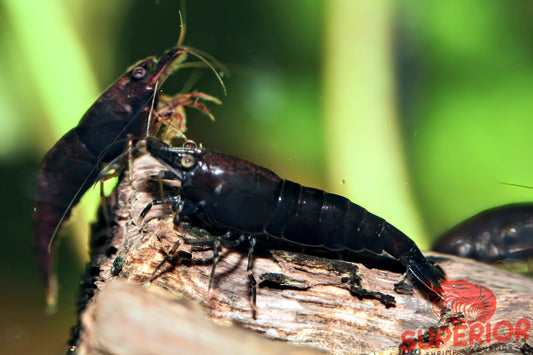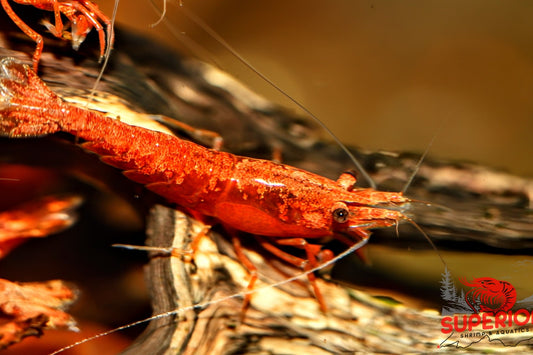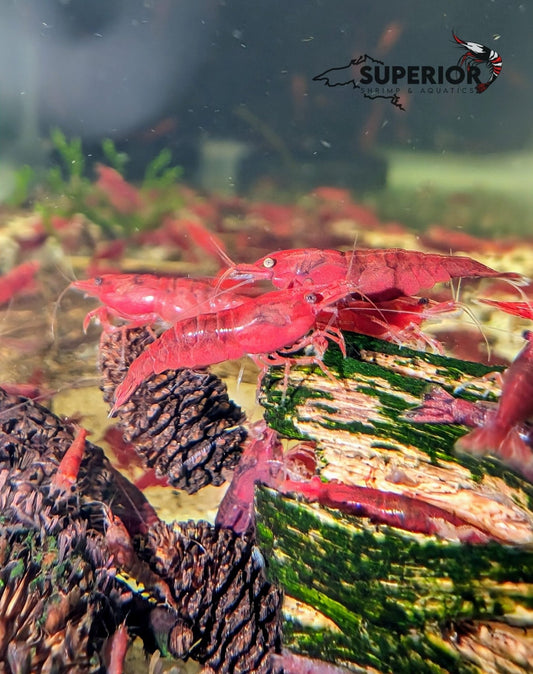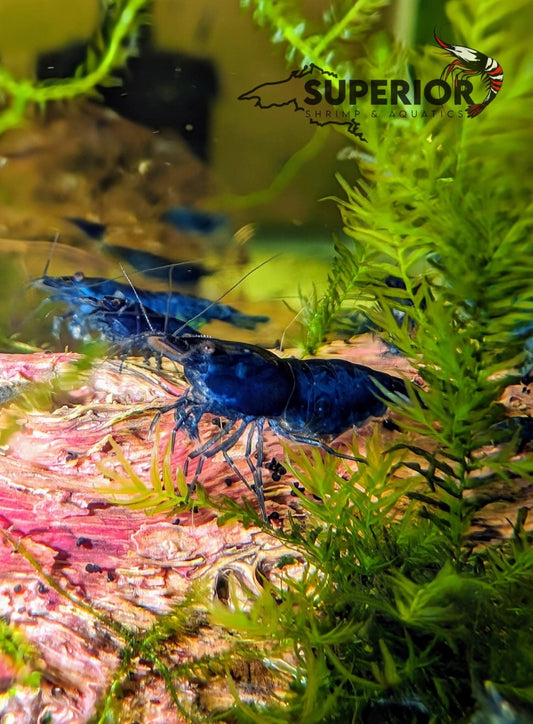Shrimp tanks are miniature ecosystems teeming with life, where every element plays a crucial role in the health and well-being of its inhabitants. Among the various components that contribute to a thriving shrimp tank, botanicals stand out as essential additions. These natural materials, derived from plants, offer a myriad of benefits that foster a balanced and thriving aquatic environment for shrimp. Let's delve deeper into why botanicals are so important in a shrimp tank.
Natural Habitat Replication
Botanicals play a pivotal role in replicating the natural habitats of shrimp species. In the wild, shrimps inhabit waters rich in decaying plant matter, leaves, and tree branches. Botanicals, such as Indian almond leaves, oak leaves, and various seed pods, simulate this environment by releasing tannins, lignin, and other beneficial compounds into the water. These substances create a natural habitat, resembling the acidic and soft water conditions preferred by many shrimp species, promoting their comfort and health.
Beneficial Chemical Properties
The breakdown of botanicals in water releases compounds like tannins and humic substances, which possess numerous advantages for shrimp. Tannins, for instance, have antibacterial and antifungal properties that can help prevent diseases and infections among shrimp. Moreover, these compounds contribute to the lowering of pH levels, which can be beneficial for species like Caridina and Neocaridina, known to thrive in slightly acidic water conditions.
Source of Nutrition
As botanicals decompose, they become a valuable source of nutrition for microorganisms and biofilm, forming the base of the shrimp's diet. Biofilm, a thin layer of living microbes and organic matter, develops on the surfaces of botanicals, providing essential food for baby shrimps and supplementing the diet of adult shrimp. The presence of these natural food sources promotes natural grazing behavior among shrimp, ensuring a well-rounded and balanced diet.
Shelter and Stress Reduction
Beyond their chemical contributions, botanicals also serve as shelters and hiding spots for shrimp. The intricate shapes and textures of leaves, seed pods, and branches create safe spaces for molting, mating, and refuge from potential predators. Additionally, these natural structures help in reducing stress among shrimp, allowing them to exhibit more natural behaviors and promoting overall well-being.
Aesthetic Enhancement
Apart from their functional roles, botanicals also add aesthetic value to shrimp tanks. They introduce natural colors, textures, and a sense of authenticity, creating visually appealing aquascapes that mimic the beauty of natural habitats. The decomposition process of botanicals further enhances the tank's visual appeal by creating a natural patina and enriching the substrate.
In conclusion, botanicals are not just decorative elements in a shrimp tank; they are fundamental contributors to the overall health, well-being, and ecological balance of the aquatic environment. Their ability to replicate natural habitats, provide beneficial chemical properties, offer nutrition, and create shelter makes them invaluable components in the care and maintenance of a thriving shrimp tank. Understanding and incorporating these natural materials can significantly enhance the quality of life for shrimp, fostering a vibrant and harmonious ecosystem within the confines of an aquarium.






